Tag: Urine
-
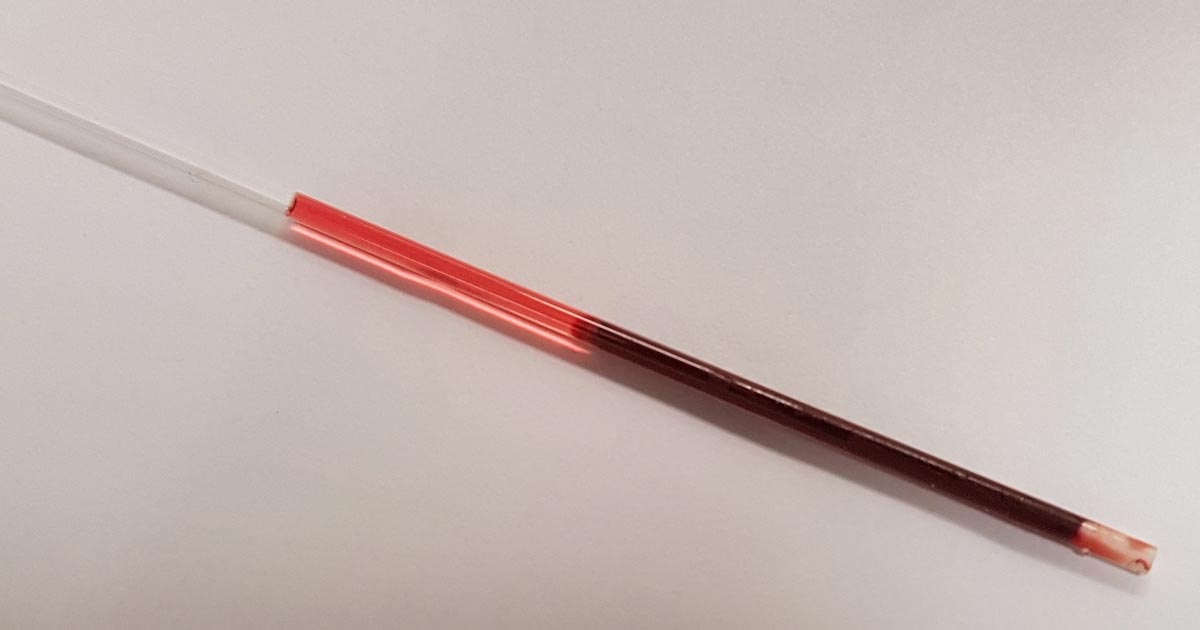
PCV/total solids interpretation: serum colour
—
by
When interpreting the often misinterpreted and underused PCV and total solids test, it is important to take note of the serum colour as this may give clues into the diagnosis. The most common abnormalities seen in clinic are icteric, haemolysed and lipaemic serum. Clear serum can also be of importance – especially when you interpret…
-
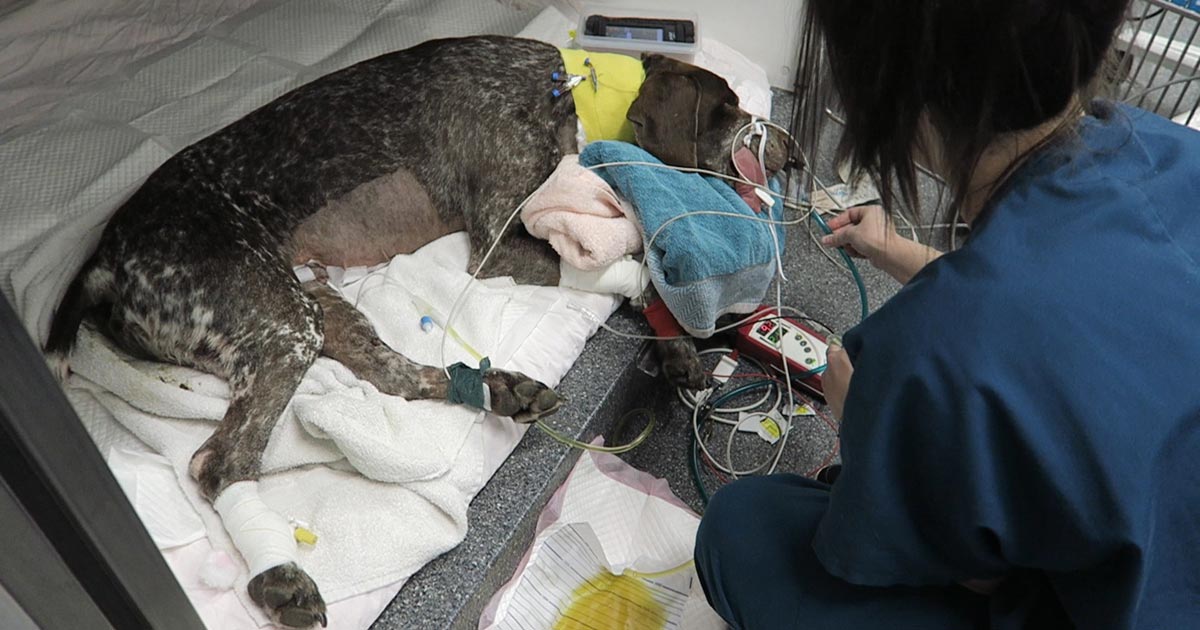
Focus on GDV, part 4: the recovery
—
by
Postoperatively, gastric dilatation-volvulus (GDV) patients remain in our intensive care unit for at least two to three days. Monitoring includes standard general physical examination parameters, invasive arterial blood pressures, ECG, urine output via urinary catheter and pain scoring. I repeat PCV/total protein, lactate, blood gas and activated clotting times (ACT) immediately postoperatively and then every…
-
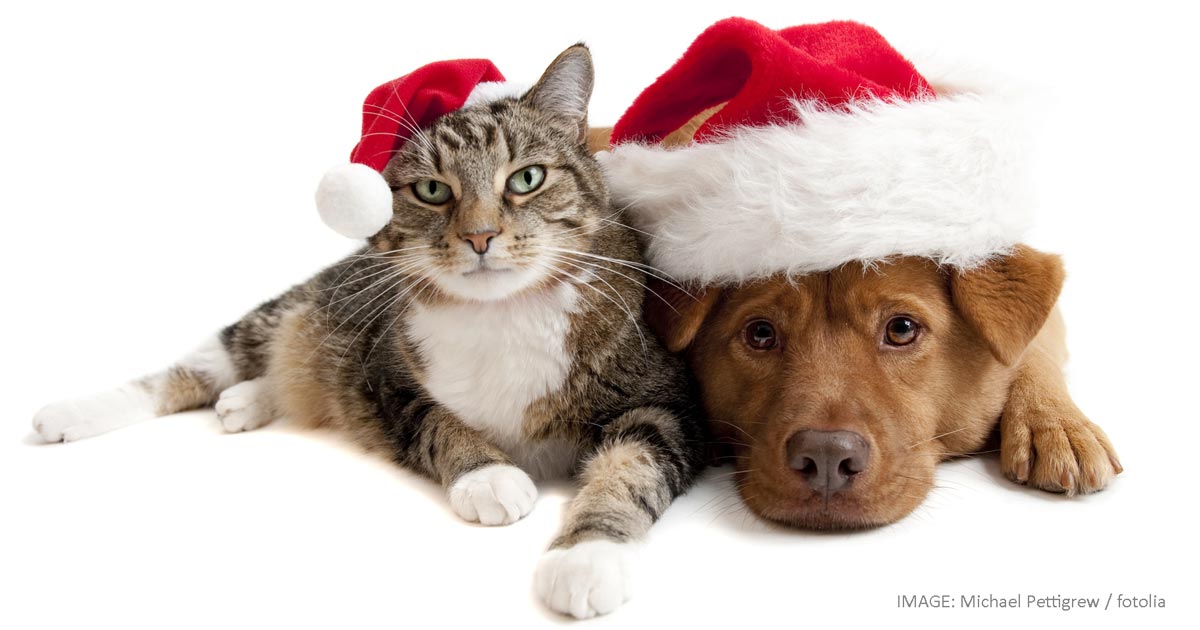
Christmas dangers
—
by
Christmas can be a busy time for vet clinics, so here is a list of common intoxications and conditions to keep an eye out on during the festive period. Chocolate Numerous online calculators can determine whether a toxic dose has been consumed and they are a great place to start. I always perform emesis in…
-
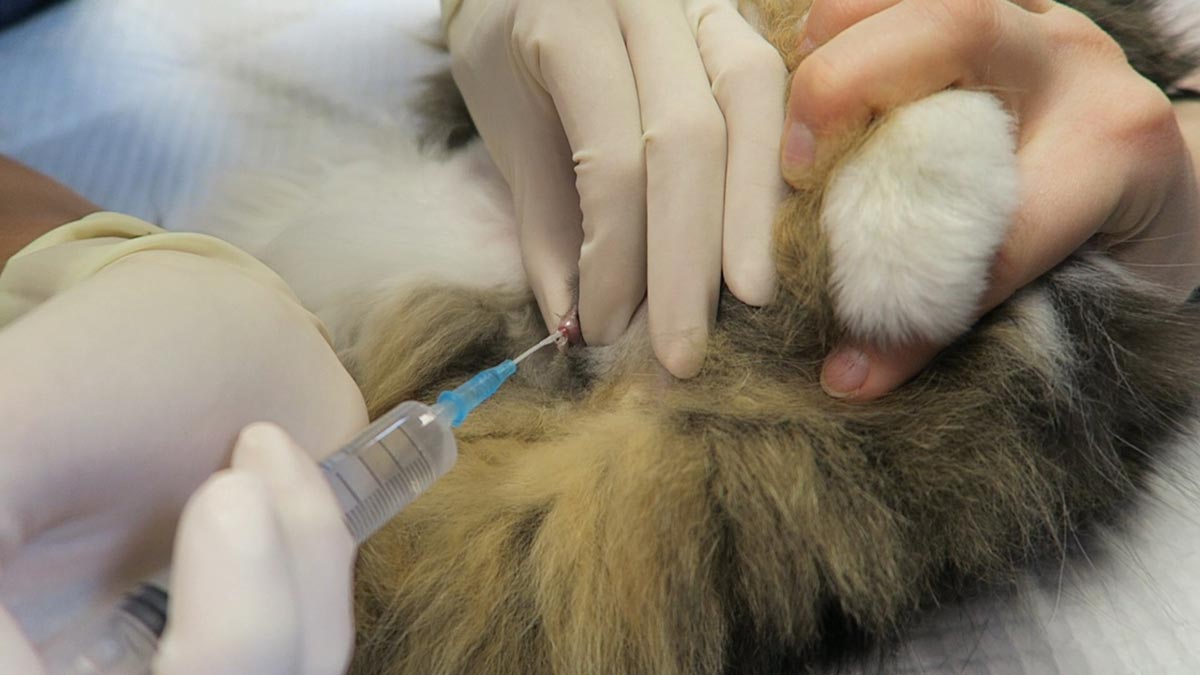
Temporary catheters in obstructed FLUTDs: buying time with a blocked cat
—
by
Obstructive feline lower urinary tract disease (FLUTD) is a common presentation in both general practice and emergency settings. Every clinician has his or her own approach to treating and managing a cat with obstructive FLUTD signs. Working in an emergency setting, once I have confirmed an obstructed bladder via palpation, I focus on trying to…
-

Urinalysis: dipstick tips
—
by
Following on from July’s post entitled Urinalysis: the neglected test, let’s have a look at the dipstick – it’s a very easy part of a urinalysis and essential to perform. Here are some of my tips in regards to using dipsticks: It may sound obvious, but you should always use veterinary-specific dipsticks. Human-specific dipsticks include…
-
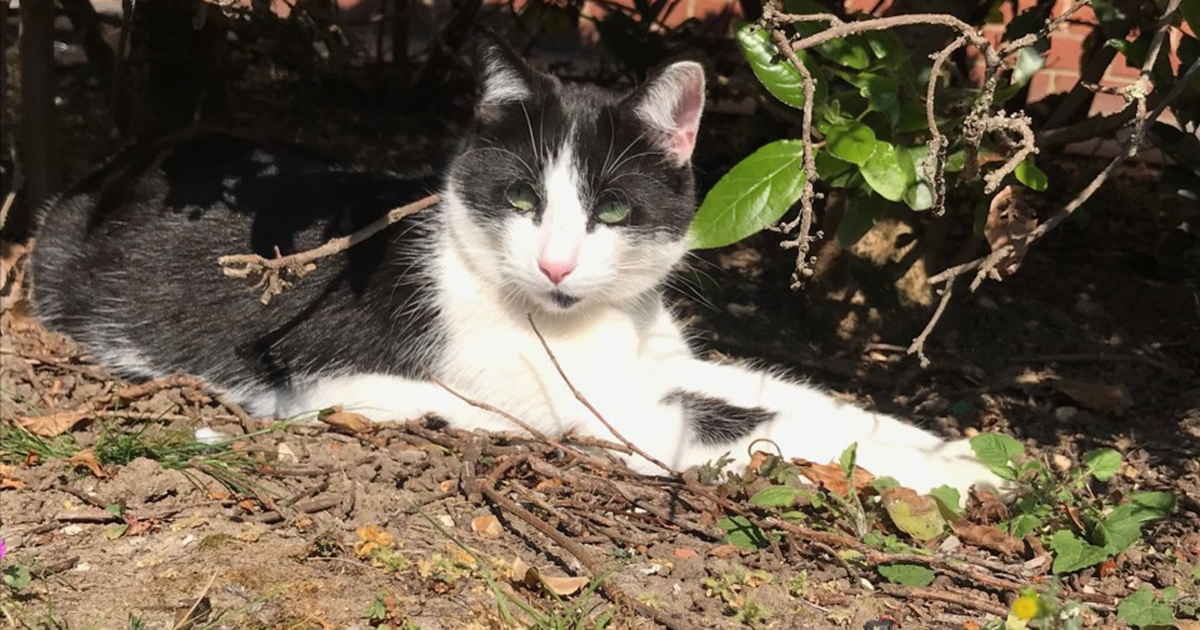
Feline fine in lockdown
—
by
Since the start of lockdown, I’ve been seeing a lot of cats in practice – not that I’m complaining, as a self-confessed “crazy cat lady”. A lot of these cases have been geriatric cats – many of which presented with chronic vomiting or reduced food intake (with various aetiologies). However, when we tore through our…
-

To flush or not to flush?
—
by
Can you put cat poo or litter down the toilet? This question has been on my mind for a while now – for a few different reasons. I was remembering the heyday of Litter Secret – a silicone granule cat litter that was such a miracle it soaked up urine and you hardly ever had…
-
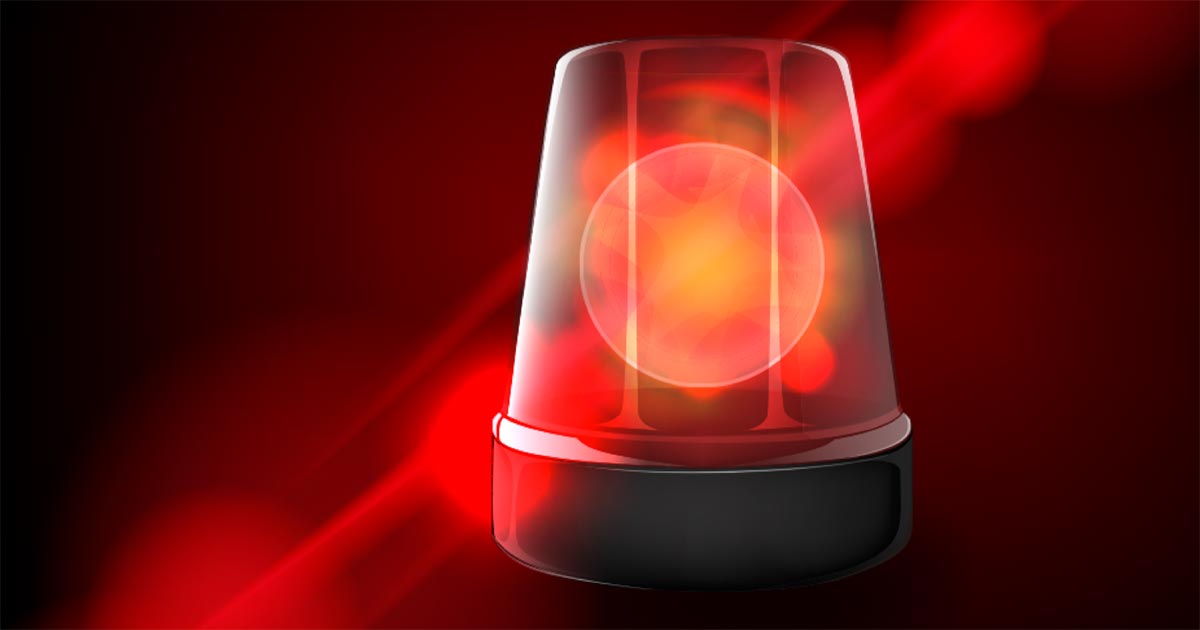
Handling an Addisonian crisis – part 1
—
by
Addison’s disease (hypoadrenocorticism) is one of those annoying diseases that does not always play by the rules. One of the main reasons is the clinical signs of Addison’s disease can be frustratingly non-specific and we don’t often see the classic “low sodium, high potassium” electrolyte changes we are attuned to noticing. Therefore, it is important…
-

Two things you probably already knew about pathologists (but I didn’t)
—
by
A few years ago, after spending a decade and a half in general practice and possibly inspired by watching a lot of Quincy, M.E. – when I was too young to know any better (incidentally, does anyone know how old we have to get before we do know better about things? I’d like to be…
-
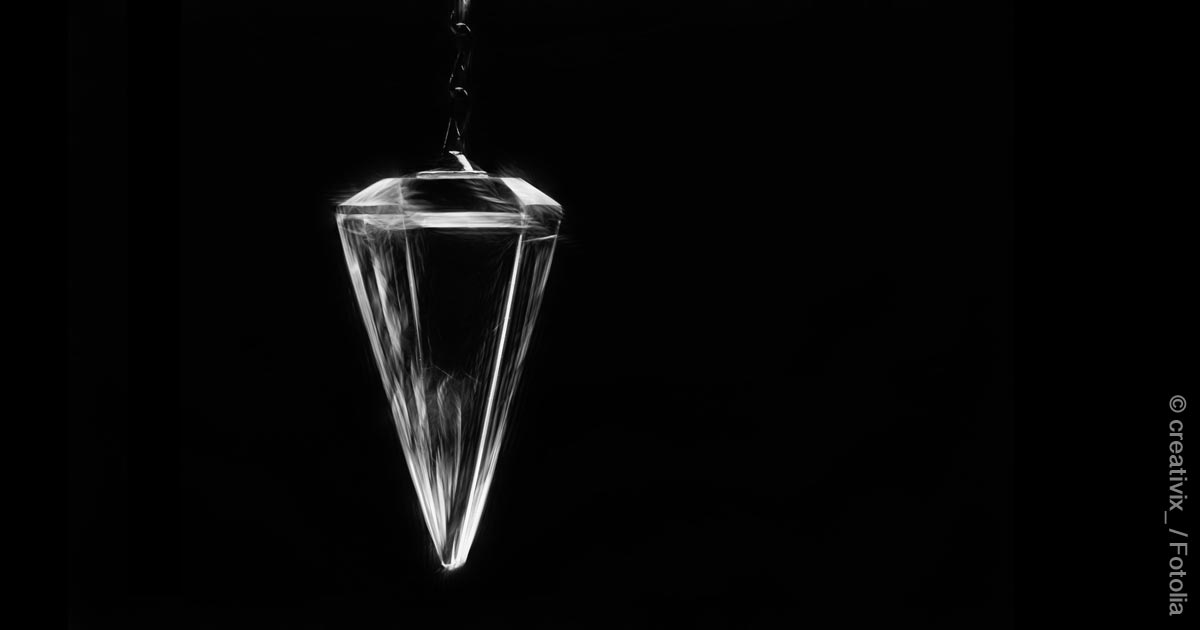
Anti-science
—
by
I gently squeeze the cat’s abdomen. There isn’t much to feel, but the muscles tense and the cat looks at me reproachfully. A tiny bead of bloody urine appears at its vulva and drips on to the consult table. “I think we’re dealing with cystitis here,” I said. Of course, technically it’s probably feline lower…